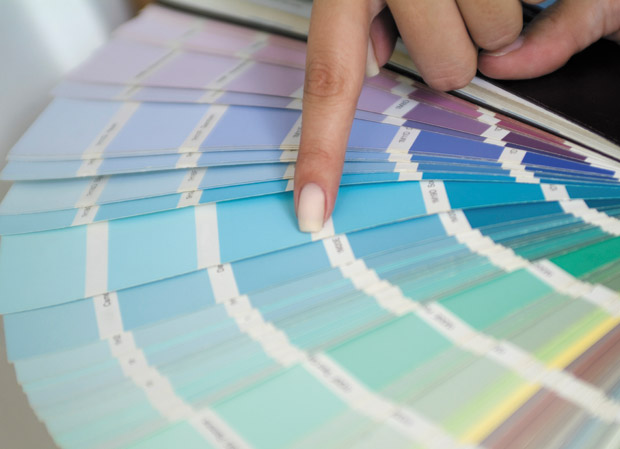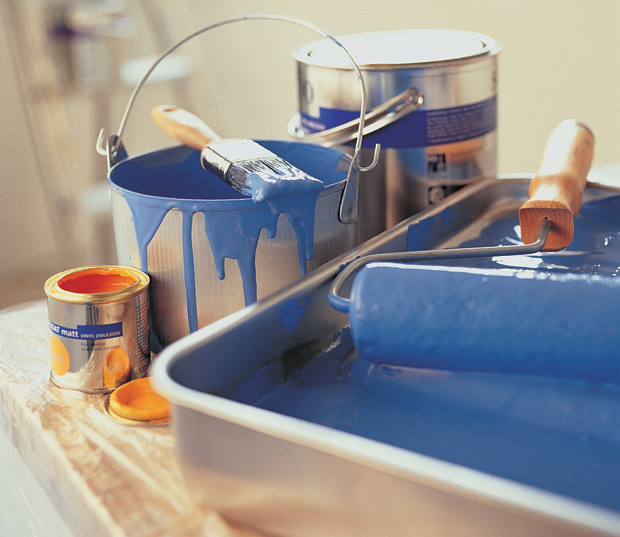One of my favorite wedding presents my husband and I received was actually a home project. Our friend Anthony installed a surf rack and painted our bathroom while we were on vacation.
I did not realize until then just how much of a difference a new paint color could have made in that room. The previous tenants had painted the room a lime green color that Anthony said, “Gave him a headache.”
He has been selling wall coverings for a living for nearly a decade. Through this and his penchant for interior design, he has developed an eye for how to create a sense of cohesiveness and style in a room. He chose a beachy color that complemented our home near the water and did not compete with our existing decor and accessories.
Paint can do wonderful things. It is my favorite way of updating furniture or transforming the look and feel of a room. But sometimes we can get intimidated by taking on these projects, especially if they seem out of the ordinary.
In Hawaii, many of our homes incorporate wood paneling instead of drywall. Wood paneling can sometimes make rooms seem dark and dated, but going over them with a fresh coat of paint can brighten them up and lend a beachy, coastal feel to fit our island locale. And painting wood paneling is easier than you might think.
Star t with clean, dr y wood-paneled walls. Use mild soap, such as dish soap, and water. If there are any nail holes or other flaws in the paneling, use spackling compound to fill them. Allow the compound to dry according to manufacturer instructions, and then sand until smooth.
Then, lightly sand the wood paneling all together. Use 100to 220-grit sandpaper and your tool of choice (pole sander, block or orbital sander). Sand just enough to remove the sheen. The goal here is to give the primer something to adhere to. Wipe away the dust with a damp cloth.
Next, paint as you would if you were painting drywall. Tape off the ceiling, trim and baseboards, and lay down a drop cloth to catch drippings. Then, apply a stain-blocking, oil-based primer. Think ahead to the color you will use, and tint the primer with that color.
Cut in around corners with a hand brush, and use a 3/8-inch roller for larger sections. Make sure to get in between the grooves between panels as you go. Allow the primer to dry thoroughly.
For your topcoat, opt for an interior latex paint. Apply two coats of the topcoat and allow it to dry completely.
Email Joanne your questions at thefixisin@gmail.com.

